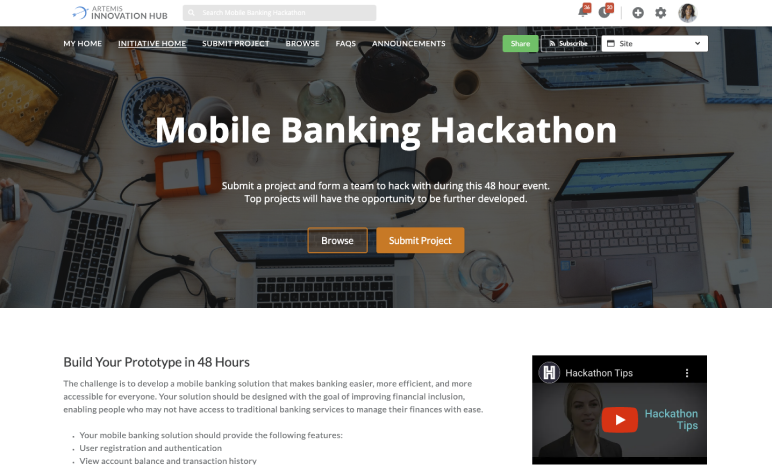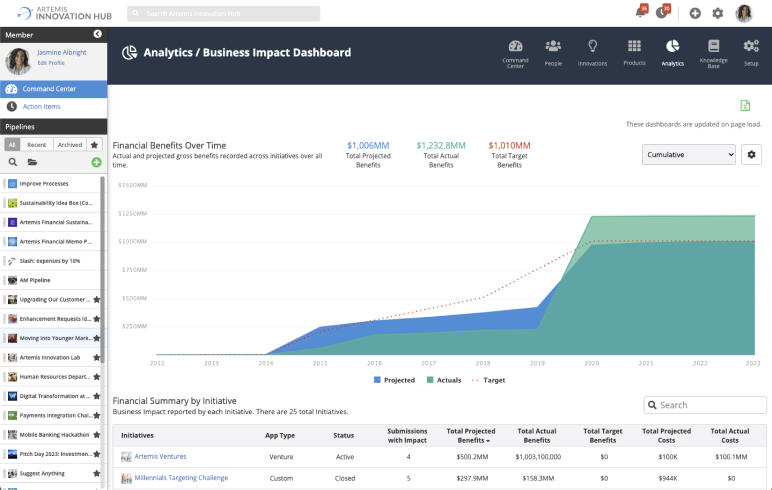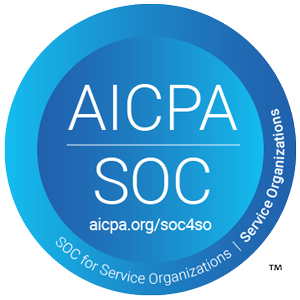
What is Idea Management?
What is Idea Management?

There’s now more input than ever hurtling toward you, from multiple news channels, management, direct reports, cross functional teams, and customers at every touch point. This input includes ideas for new initiatives, employee suggestions, customer feedback, and project requests. All of these inputs are exploding with the proliferation of remote work, communication apps, and analytics tools, resulting in a never ending backlog of potential projects. Idea Management is the way for everyone, regardless of job role, to organize that input into a coherent picture so you can see the forest through the trees and make informed, reliable, decisions about which inputs should be prioritized and worked on to yield the biggest impact for all stakeholders.
Harness the Intelligence of the Entire Organization
An idea management process, and a software platform that helps execute and scale that process, can address the challenges presented by the crushing amount of inputs that most business leaders face. Simply put, idea management is the discipline and process of collecting, sharing, routing, screening, evaluating, experimenting, incubating, developing, tracking, and reporting on the best ideas your organization and stakeholders have to offer. Coupled with idea management software, you’ll have a central location for capturing these inputs, and a meaningful structure so they can be evaluated, prioritized, and acted upon. Your company will then be able to harness, contribute to, and share the intelligence of the entire organization from this central database.

Create a Repeatable Process with Better Outcomes
Research has shown that only roughly 6% of all official ideas and 14% of the promising ideas that reach the development phase become a commercial success. Ideas are the atomic element of innovation, but to make a meaningful difference or become commercially viable, ideas need to be nurtured with a reliable, systematic, and repeatable process. Once the structure of that process is established you can rely on it to move ideas through a funnel with various stages of evaluation, where they will ultimately be decided against or acted upon based on transparent criteria.
It can all go wrong right out of the gate if the idea isn’t captured properly. Idea management software uplevels and centralizes an otherwise chaotic and inefficient process that usually begins with a haphazard attempt to collect the multitude of inputs on random sticky notes, whiteboards, slack messages, e-mails, DM’s, powerpoint presentations, word docs, support tickets, etc, where they are likely to get lost before they’ve had the chance to be evaluated. With the benefit of idea management software, you have a dedicated place to store the many inputs, decluttering your communication channels, and ensuring all input has an opportunity to be considered and developed.
Once the idea is documented and visible for everyone to see, your colleagues will likely have questions about it, prompting you to further clarify your idea. After it has been sufficiently fleshed out, you can then assign a panel of SMEs to evaluate the input, and define the particular criteria you want it to be evaluated by, such as alignment with the enterprise mission, strategic pillars, and your OKRs and KPIs. You can even go a step further and weight various criteria to have a greater or lesser impact on the score, e.g., 25% of the scorecard could favor KPI alignment whereas only 10% of the score accounts for alignment with the enterprise mission.
The ideas that score highest in regard to your strategic criteria advance in the stage gate process, eventually turning into initiatives which are prioritized. Because idea management relies on a rigorous process of evaluation that includes input from relevant subject matter experts, managers and teams can have confidence that what they’re working on is truly the best idea.
Adapt Idea Management to Your Business Needs
As you roll out your idea management process across the organization, it will vary by department and job function. For those in the software and IT space, it might be called backlog grooming. For customer service, it could be the ticket queue and voice of the customer surveys. For content marketers, it might be story pitches and editorial calendars. For HR, it could be employee suggestions and worker satisfaction ratings. Similarly, inputs for different business processes, such as strategic planning, product feature requests, or continuous improvement, will vary by the specific context.
Regardless of your job role or business process, you need to continuously manage the flow of inputs from multiple sources in order to set priorities, make budget and resourcing decisions, and ensure teams are working on the right projects that will have the most impact. A software platform that can adapt to the context of your business as well as be flexible for different roles and processes can enhance your decision making, productivity, and innovation outcomes.
Track Your Results
Idea management software provides a system of record to track the ROI of your innovation, helping demonstrate the value of the program and enabling you to refine your process. You’ll be able to see which teams contribute the most winning ideas, as well as which initiatives have had the most impact in terms of revenue, market share, churn, or whatever other metric you’d like to evaluate them by. You can even create and track the ROI of custom categories such as sustainability or DEI initiatives, and then export the data to Power BI to represent it as you’d like.

Tap Your Organization’s Full Innovative Potential
With the right idea management software you can easily collect more input from across your organization in an efficient and organized way. This not only surfaces your workforce’s best thinking, but fosters a culture of empowerment and inclusivity. The most innovative companies solicit input from their entire workforce because they know diversity of opinion and feedback ensures better innovation outcomes. This helps facilitate an idea meritocracy without the biases of role, status, etc, driving the success of an idea. You can then do more with those inputs from a central location and a reliable, systematic, process to evaluate which deserve to be prioritized. You’ll deepen cross functional relationships with the ability to demonstrate the criteria used to rate, review, and prioritize the winning initiatives. And you’ll be able to act on those ideas with confidence knowing they’ve been evaluated by the right strategic criteria and relevant SMEs to ensure you’re only allocating your limited resources to initiatives that will make a meaningful impact.
Read More:

